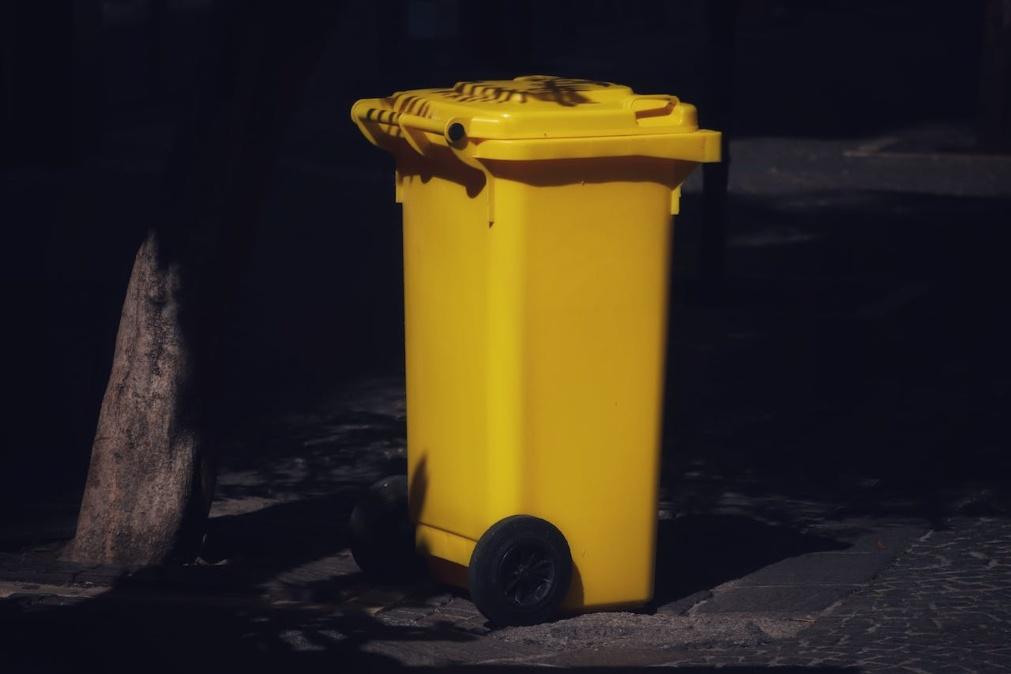A new approach is needed to reduce pollution and streamline waste collection systems. One way to do this is by using an intelligent measuring technology that allows garbage trucks to be sent out only when needed.
This technology could make it easier for companies to meet green/circular practices goals. However, these solutions can only be implemented with proper resources and infrastructure.
Table of Contents
Pneumatic Waste Disposal Bins
Pneumatic waste disposal bins are a great example of more intelligent garbage management technology. These systems can reduce the need for road transport and other environmental impacts by automatically transferring refuse and recycling from waste containers to underground pipes that separate the different types of trash. These invisible and odorless systems improve user satisfaction while reducing energy consumption and waste production.
These technologies can also help with recycling by making it more practical for apartment buildings to sort waste at the source. It allows waste to be collected more frequently, reducing the need for storage and transportation. Additionally, pneumatic waste disposal bins can be fitted with sensors to track what is being thrown away, allowing residents to be billed based on the quantity of trash they produce.
The most essential factor in implementing intelligent garbage collection is linking the fee level to the service cost. Maintaining a strong link between the fee level and service cost will signal changes in the price of the underlying service and provide a stable source of funding for new solid waste infrastructure.
For instance, a variable garbage fee could fund new waste conversion plants that would reduce the need for long hauls and foreign disposal sites. These investments will save the city money in the long run and ensure that waste processing fees are tied to the actual costs of the service.
While the variable garbage fee model may be challenging to implement in many places, many cities are already experimenting. In addition, the agency recently expanded its mattress recycling program to 39 developments and will soon begin collecting electronics and textiles. These programs are part of the city’s plan to reduce waste disposal costs and improve residential recycling rates. The agency has also committed to a large-scale pneumatic tube system in the Roosevelt Island neighborhood, limiting truck traffic within a pedestrian-oriented area and increasing waste efficiency.
Smart Dumpsters
The waste management industry is embracing technology that makes it more efficient, environmentally friendly, and cost-effective. For example, dumpster sensors help ensure that trash collection trucks pick up suitable waste types. Intelligent bins are designed to reduce landfill waste and encourage recycling. These technologies are a great way to improve residential waste management services.
Traditional waste collection services use a weekly routine to collect trash from homes and businesses. However, this method could be more efficient. Trash is collected unevenly, leading to overflowing trash containers and unsanitary conditions in residential areas. In addition, the weekly collection service requires a large fleet of vehicles and fuel. To improve efficiency, garbage collection companies can install sensor-enabled trash bins and dumpsters that can be remotely monitored.
These sensors can communicate with garbage trucks, alerting them when the container is complete and ready to be emptied. They can also tell the company when it is time to recycle, reducing waste disposal costs. The sensors can be placed inside the lid of the dumpster, where they can monitor the temperature and the condition of the trash inside. They can also track when the trash is picked up, which allows them to adjust pick-up schedules as needed.
This technology can be used with any trash receptacle, from a large metal rollout dumpster to small sidewalk bins. The sensors can even be used with recycling containers to ensure suitable materials are placed. The sensors can detect when the wrong materials are placed in a recycling bin, which can cause contamination and send entire loads of recyclables to landfills.
A Linux-based gateway device with a LoRa module connects the sensors to the Internet and transmits their data to a cloud database. This information can then be analyzed to determine the best route for the garbage truck. The waste collection company can use this data to eliminate unnecessary trips and save fuel. In addition, the sensors can predict when the waste will be at its highest level, allowing the company to plan and avoid overflowing containers.
Mobile Apps
Mobile apps can help residents improve waste management by tracking their recycling, composting, and reuse habits. They can even help them locate their nearest waste facilities, track the progress of their garbage collection service, and receive alerts when their trash is due for pick up. Individuals, businesses, and governments can use these apps to increase awareness about waste management.
According to a recent study, sustainable waste management apps are becoming increasingly popular. The apps can be downloaded as mobile applications or computer software. Most apps are designed to help consumers track their environmental impacts, such as carbon footprints and plastic waste. Some also help consumers save money by reducing the amount of waste they generate.
A survey of sustainable waste management apps found that they often use persuasive strategies to encourage people to change their behaviors. The study analyzed 356 sustainable waste management apps and identified their target activities and the number of persuasive strategies they implement. It also compared the apps’ effectiveness based on user ratings. The findings established a relationship between the number of persuasive strategies implemented and app effectiveness.
The research found that most apps implemented primary task support (PTS) strategies. These strategies are intended to reduce the complexity of tasks so that system users can perform the targeted behavior efficiently. These strategies are commonly implemented in apps for food waste management, data collection, and DIY projects. The most common PTS strategies include reduction and personalization.
To significantly impact the environment, it is crucial to have user-friendly and easy-to-navigate apps. They should also provide credible, socially appropriate information for a specific community. In addition, they should offer tips endorsed by experts to boost their credibility and trustworthiness. By following the waste management practices suggested by apps, users can significantly contribute to the environment. Hence, encouraging and promoting such practices can be a positive step toward sustainable waste management. It will also help them reduce the waste generated by their homes and businesses.
Sensors
Various sensors fuel the innovative waste management technology that is transforming cities. These electronic devices monitor and report data on various parameters, including temperature, pressure, resistance, capacitance, etc. They are connected to other electronics, such as a microcontroller platform, and they work by converting the signals they receive into usable data. They are also often powered by a battery or solar energy, making them sustainable and environmentally friendly.
Sensors are used in various industries, including mining, oil and gas, food production, and manufacturing. But they are gaining prominence in waste collection and disposal, as they can help to improve efficiency and reduce costs. For instance, bin or dumpster-level sensors can track the fill-level status of trash containers and alert garbage collectors when it is time to empty them. This minimizes the need to make unnecessary trips and reduces fuel consumption.
Predictive maintenance is another everyday use of sensor technology, which allows companies to detect potential problems early and fix them before they become more significant. For example, a sensor may detect a compactor overflowing or a bin damaged. These problems can be fixed before they lead to costly breakdowns, saving money and time.
In addition, intelligent sensor technology can help minimize environmental impact by optimizing waste collection routes and reducing fuel consumption and greenhouse gases. The waste collection process can be made utterly truck-free using pneumatic waste disposal systems, which rely on sensors to identify and collect waste directly from buildings and transport it underground through pipes and tunnels.
The world’s trash problem isn’t going away anytime soon, but we can change how we deal with it by embracing new technology. By adding sensors to dumpsters, downloading recycling apps, and supporting advocacy for better waste management in our communities, we can reduce collection costs and keep more trash out of landfills.
Also Read – Maximizing business efficiency with advanced enterprise content management platform




